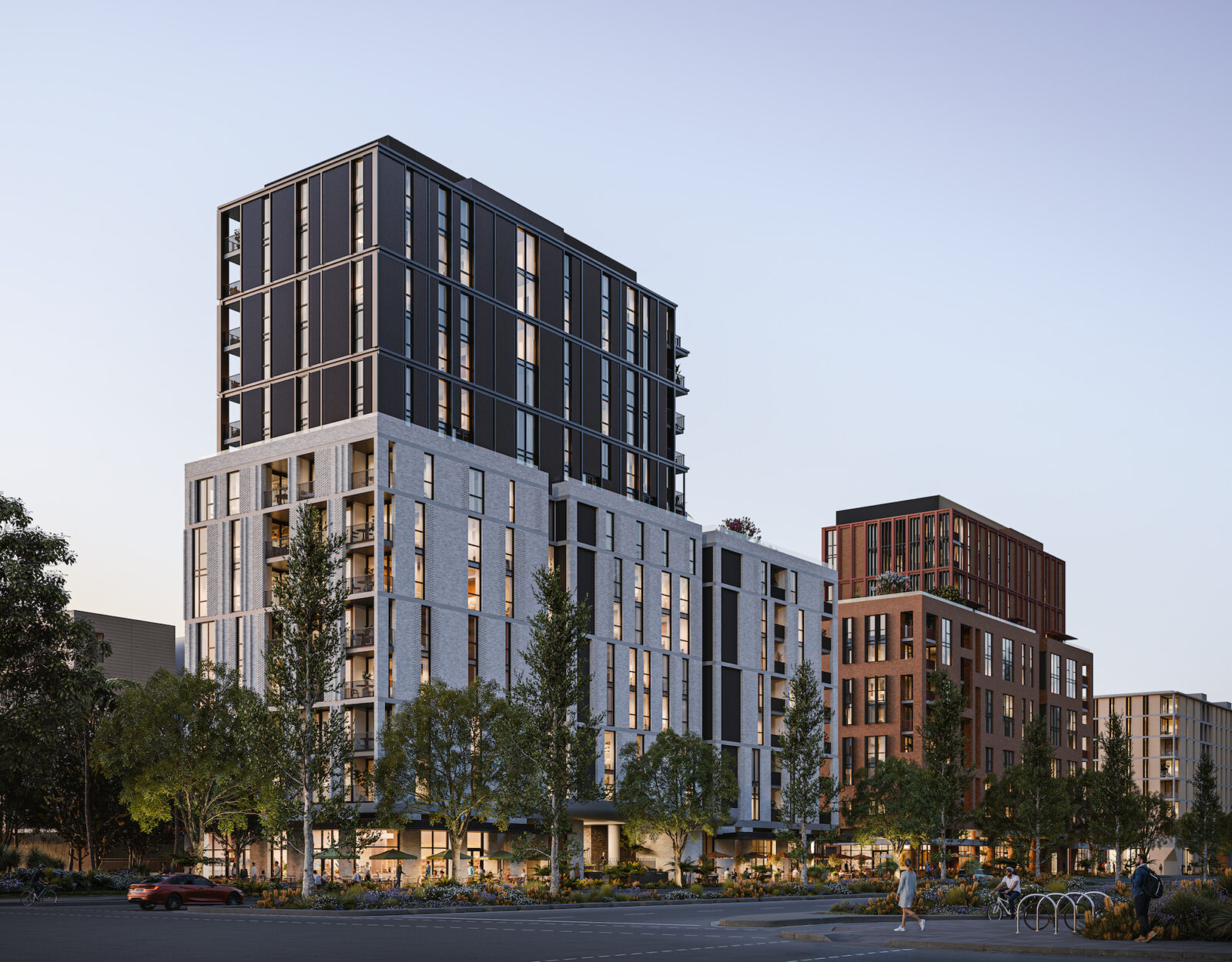
Australia’s expanded First Home Guarantee has sparked “unprecedented demand,” with first-home buyers rushing to access the program on its first day, Australian Financial Review reports. The scheme allows eligible buyers to enter the market with just a 5 per cent deposit while avoiding lenders’ mortgage insurance.
Expanded Scheme Drives Record Demand
By removing income caps (previously $125,000 for singles and $200,000 for couples) Treasury estimates up to 70,000 people could benefit in the first year, up from the prior 50,000-place cap. Sydney mortgage broker James Watson reported multiple applications on day one alone, describing queues of eager applicants.
Short-Term Price Pressures Expected
Economists warn the policy could accelerate price growth in the short term. Domain’s Nicola Powell predicts higher demand for outer-suburb apartments and houses, while Ray White’s Nerida Conisbee expects price increases in the bottom 25 per cent of the market most commonly targeted by first buyers.
The scheme now covers purchases up to $1.5 million in Sydney, $950,000 in Melbourne, $1 million in Brisbane and Canberra, $850,000 in Perth, $900,000 in Adelaide, and $700,000 in Hobart. University of Sydney economist James Graham forecasts average national price increases of 0.5–1 per cent, with sharper rises for homes just below the new caps.
These pressures arrive at a time when Australia’s apartment supply pipeline is already undergoing dramatic shifts, adding another layer of complexity for buyers and policymakers.
Supply Measures and Long-Term Outlook
Prime Minister Anthony Albanese and Housing Minister Clare O’Neil highlighted Treasury modelling that anticipates only a modest 0.5 per cent increase in prices nationally over six years, stressing that the scheme is designed to help more Australians achieve homeownership.
At the same time, supply-side measures—including a $3 billion state incentive for new homes and the Housing Australia Future Fund—are expected to take years before easing pressures. Reserve Bank governor Michele Bullock has cautioned that these policies will not influence the market in the immediate term, especially with approvals for new dwellings still below the annual levels needed to meet the government’s five-year housing target.
Governments are also attempting to streamline planning approvals and reduce red tape to accelerate housing delivery, but results are unlikely to be immediate.
Short-Term Gains vs Long-Term Normalisation
The Grattan Institute argues that while the scheme may help buyers bring forward purchases, its long-term effect on affordability will be limited, with price growth likely to normalise over five years. Mortgage broker Oscar Hvala further notes that while deposits may be lower, income requirements will continue to restrict who can secure loans.
And while more homes are coming into the pipeline, new supply alone won’t resolve affordability pressures underscoring the need for both demand-side and structural reforms to balance the market.






